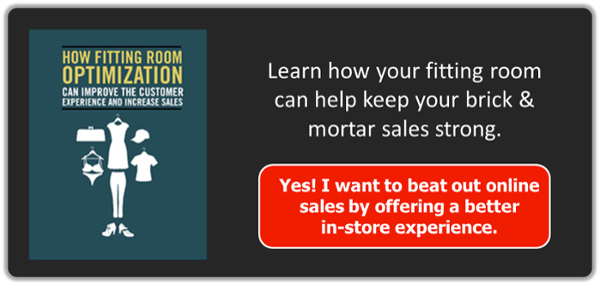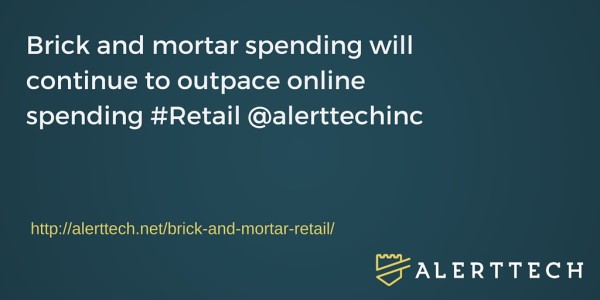It’s a scary thought for many retailers. Brick and mortar retail could end, as we know it, as more people turn to the Internet to shop online. Not so, according to The State of Retail 2015 report by TimeTrade.
TimeTrade compiled a report on the state of consumer behavior, gathering details about how shoppers shop and buyers buy.
The company looked at the psychology behind in-store shopping compared to online shopping. They examined modern consumer preferences and compared these to how well brick and mortar stores will fair going forward.
The results were encouraging for brick and mortar retailers. Here are some of the highlights.
Brick and Mortar Retail Spending Will Continue to Outpace Online Spending
In-store purchases continue to dominate spending – and not by a small margin either. In 2014, online spending was $200 billion. In-store spending was $4050 billion. Despite the rumors, brick and mortar stores still account for 10 times the sales of online.
Consumers don’t plan to change their behavior. 87% of respondents said they plan to shop in store at least as often as they did in 2014.
Overall Retail Spending Will See an Increase
The retail industry will continue to see a surge in sales. Over the next five years, overall consumer spending is expected to continue to grow.
In-store purchases are projected to reach $4900 billion. Online purchases are expected to grow to $550 billion. Although online sales are expected to grow more than in-store, the fact remains that the overall volume of in-store purchases will remain much larger.
Case-in-Point: Ecommerce Sites are Opening Physical Stores
These projections have some online retailers worried.
Well, here’s an example of why this worry is unwarranted: Amazon, until recently a strictly online retailer, is planning to open hundreds of physical stores.
The primary reason these online giants are vertically integrating stores to the physical realm is because they understand that the personalized part of shopping (especially for highly personalized goods, such as glasses) is imperative to consumers, and the in-store experience allows for such opportunity.” ~ TimeTrade.
The trend is known as retail convergence.
Retail convergence is the reality of what goes on between the online world and the physical world. It’s a distinct shift in consumer behavior affecting the way retailers market and sell their products.
Today’s consumers appreciate the instant gratification of in-store buying. They walk into a store surrounded by the actual physical products they’re looking for. They can feel, touch, and see before they decide buy. This hands-on experience cannot be beat.
Still, consumers today know how to use the Internet to research. They turn online to find details before heading to a store to buy. Today’s brick and mortar shoppers are more educated and savvy, making it both easier and harder for salespeople to sell.
And it’s not just Amazon. Another example of an online retailer opening a brick and mortar store is Birchbox. This company started out as a subscription box for beauty products. When their online sales soared, they decided to test the waters and head out to the streets to get face-to-face with their consumers.
In 2015, they opened their first physical location in Soho. The pop-up store was such a success; they’ve decided to open two more physical stores in 2016. And in a excellent crowdsourcing move, they’re letting their consumers vote to decide on which zip code gets the two new brick and mortar locations.
Why Has In-Store Dominated This Market?
The in-store experience is the final buying experience – not the beginning. People are now researching more products online before heading into stores and then using the in-store experience to feel, touch and try before they buy.

“65% of respondents indicate that if an item they want is available online or in a nearby store, they prefer to shop in a store,” TimeTrade’s report found.
[Tweet “Is the Death of Brick and Mortar #Retail on the Horizon? No, and Here’s Why @alerttechinc”]
Conclusion
Fear not. Online isn’t taking over in-store sales. For the most part, it’s changing the way consumers research products before they buy.
Take retail convergence into consideration in your overall strategy. By doing so, you’ll position your retail store to dominate both online and offline in 2016 and beyond.


